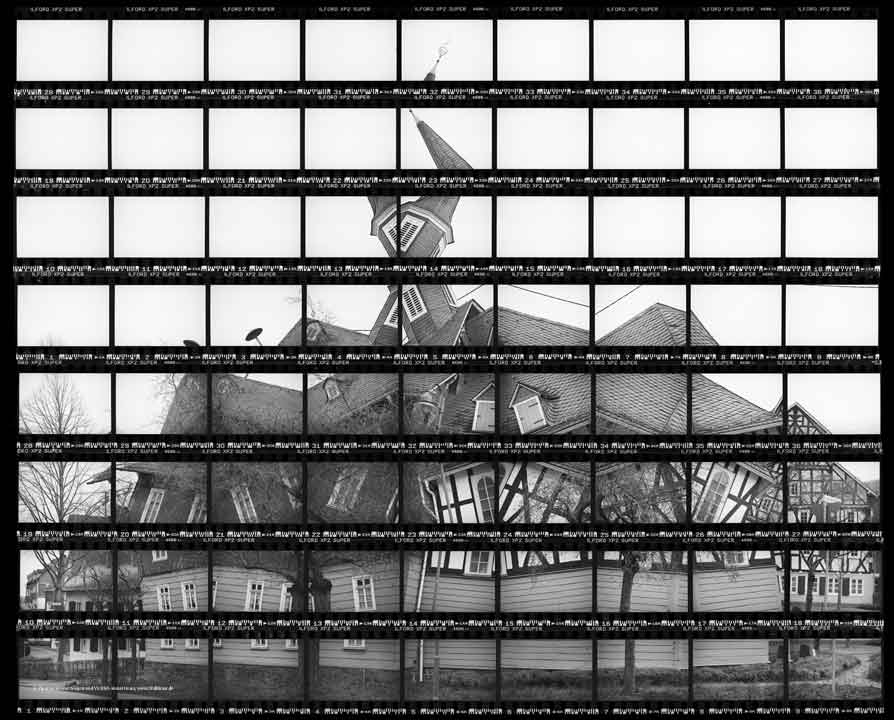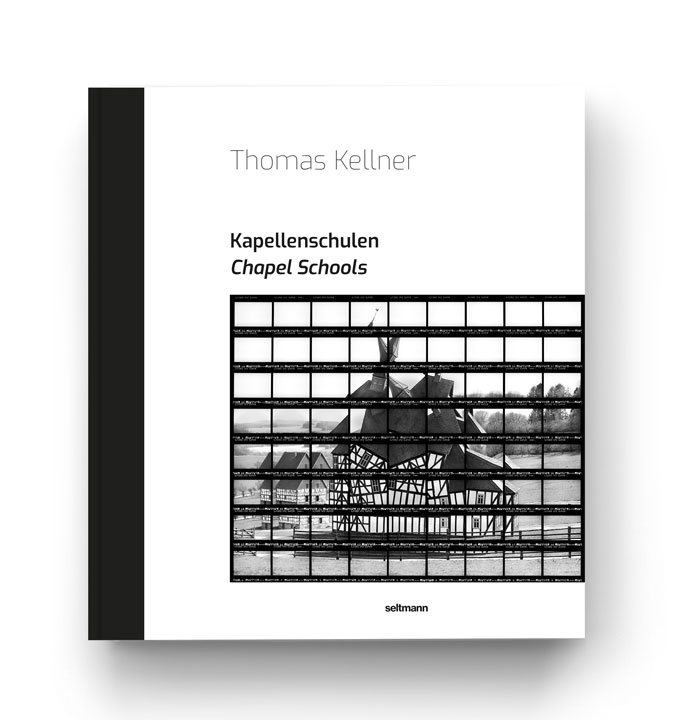Chapel school Eisern
It may be assumed that the chapel school already existed in the Siegen village of Eisern in the 16th century. It was first built in 1726 and was used as a church and school until 1862. As a result of the population increase in Eisern over time, the chapel school had to be torn down and replaced with a new school built to make room for more school children. In 1930, when the new school was completed, it again became necessary to increase the size of the classroom. The remodeling was carried out in 1933 despite financial constraints. For over 200 years, the chapel school focused on prayer and learning. A reading service took place every Sunday, which the teachers would present.
The classroom of the former chapel school has been converted into a local history space where various exhibits, such as hauberg [a type of communal forest management common in the Siegerland] and farming tools of previous generations are displayed.
Eisern in: The Chapel Schools' Book
Chapel schools form a solitary architectural type for the Siegerland and its neighboring regions.
As stand-alone buildings and conspicuous in their surroundings, like the one in Eisern, they reveal the connection between religion and school education starting from the domain of Count William I of Nassau-Katzenelnbogen (1487-1559) and his son John VI of Nassau, Katzenelnbogen and Dietz (1536-1606). The hybrid used buildings existed until the end of the 19th century and in parts even until the 20th century.
Chapel Schools a solitary architectural type
The Siegen fine art photographer Thomas Kellner recognized the historical and cultural value of these buildings and set himself the task of preserving and recalling this typical regional cultural asset through a new medium. By means of photography he transfers the chapel schools into an artistic context and gives the historical topic a new dimension in the present (art).
Just as the chapel schools united in themselves two spheres of life, this publication also conveys different contemporary perspectives on the history and genesis of the chapel schools. While Kellner tries to rethink the type of building, which oscillates between profane and sacred, with his artistic realization, Chiara Manon Bohn, Isabell Eberling M. Sc. Dr. Andrea Gnam and Dr. Stefanie Siedek-Strunk provide an insight into the historical, architectural and religious classification of the chapel schools up to the pictures of Thomas Kellner in text contributions.











